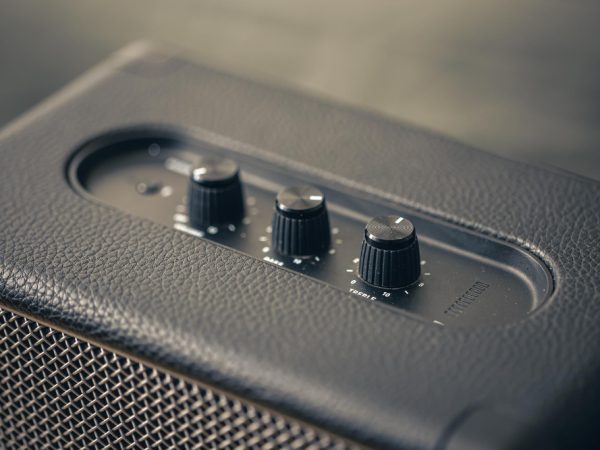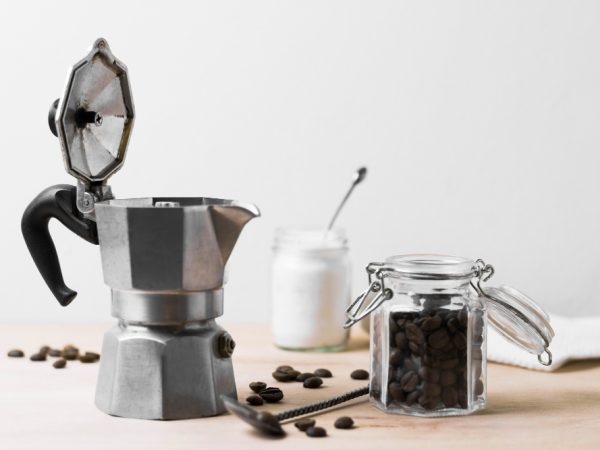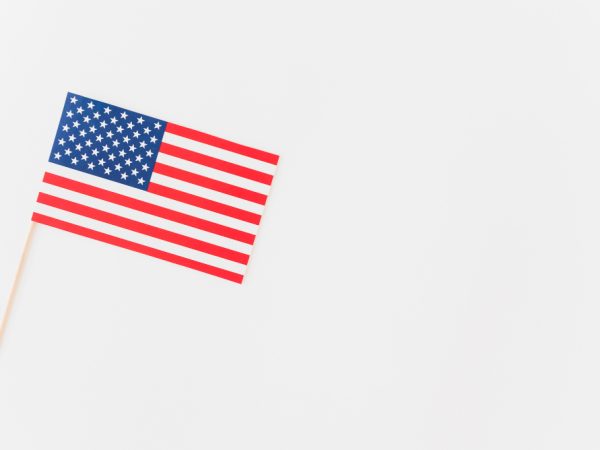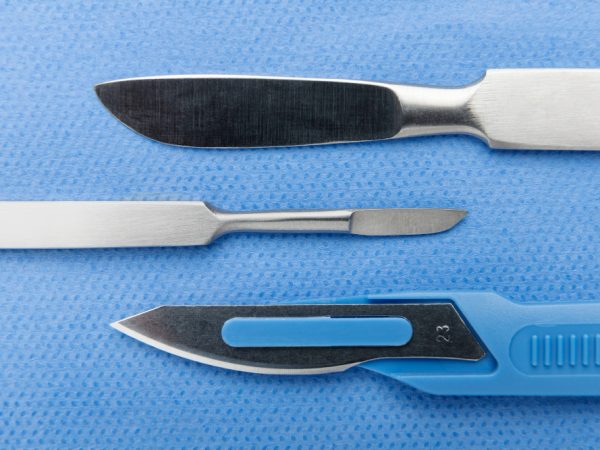Barcode Label Examples: 10 Unique Uses Beyond Retail
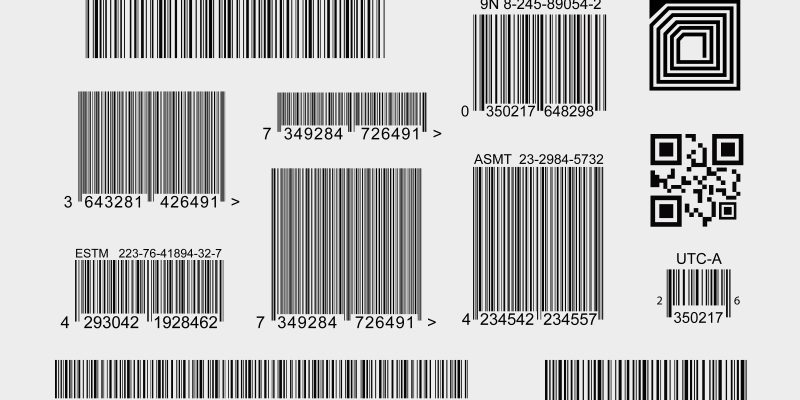
Barcode labels are a staple in retail, widely recognized for their role in streamlining the checkout process and managing inventory. However, their utility extends far beyond the confines of retail. In this article, we will explore 10 unique uses of barcode-label examples beyond retail, shedding light on how different industries can leverage this versatile technology for efficiency and accuracy.
1. Healthcare: Patient Identification and Medication Tracking
In healthcare, barcodes are essential for patient identification and medication tracking. By scanning barcode-labels on patient wristbands and medication containers, healthcare providers can ensure accurate patient records and reduce medication errors. This practice improves patient safety and streamlines hospital operations.
2. Library Management: Streamlining Book Checkouts
Libraries utilize barcode labels to manage their vast collections of books, DVDs, and other media. Each item is tagged with a unique barcode, making it easy to check items in and out, track their location, and manage inventory. This system reduces human error and enhances the overall efficiency of library operations.
3. Manufacturing: Tracking Parts and Products
In the manufacturing sector, barcode-labels play a crucial role in tracking parts and products throughout the production process. Each component and finished product is assigned a barcode, allowing manufacturers to monitor their movement, manage inventory levels, and ensure quality control. This improves productivity and reduces waste.
4. Event Management: Ticketing and Attendance
Event organizers use barcode labels on tickets to manage entry and track attendance. Scanning barcode-labels at the entrance ensures that only valid ticket holders gain access, reducing the risk of fraud. Additionally, this system provides real-time data on attendee numbers, helping organizers manage crowd control and improve event planning.
5. Asset Management: Tracking Equipment and Supplies
Companies across various industries use barcode labels to track their assets, such as equipment and supplies. This practice ensures accurate inventory records, reduces the risk of theft or loss, and facilitates maintenance schedules. Barcode labels help organizations manage their assets more efficiently, saving time and money.
6. Food and Beverage Industry: Traceability and Safety
The food and beverage industry relies on barcode-labels for traceability and safety. By tagging products with unique barcodes, companies can track their origin, production date, and distribution path. This information is vital for recalling contaminated products quickly, ensuring consumer safety, and complying with regulatory requirements.
7. Pharmaceutical Industry: Ensuring Compliance and Safety
Pharmaceutical companies use barcode labels to ensure compliance with regulations and enhance safety. Barcodes on medication packaging enable tracking from production to distribution, helping to prevent counterfeit products and ensure that patients receive authentic medications. This system also facilitates inventory management and supply chain transparency.
8. Education: Managing Student Records and Resources
Educational institutions use barcode-labels to manage student records and resources. Barcode labels on student IDs and library materials streamline checkouts and returns, reduce manual data entry, and improve record-keeping accuracy. This technology enhances the efficiency of administrative tasks and resource management in schools and universities.
9. Transportation and Logistics: Tracking Shipments
In the transportation and logistics industry, barcode-labels are essential for tracking shipments. Each package is tagged with a barcode, allowing real-time tracking from the point of origin to the final destination. This improves delivery accuracy, enhances customer satisfaction, and optimizes supply chain management.
10. Hospitality: Managing Inventory and Guest Services
The hospitality industry uses barcode labels to manage inventory and enhance guest services. Barcodes on food and beverage items help track inventory levels, reduce waste, and ensure timely restocking. Additionally, barcode-labels on guest passes and room keys streamline check-ins and access to hotel amenities, improving the overall guest experience.
Conclusion
Barcode labels are a versatile tool with applications that extend far beyond the retail industry. From healthcare to hospitality, these small but powerful labels enhance efficiency, accuracy, and safety across various sectors. By exploring these unique uses, organizations can harness the full potential of barcode technology to improve their operations and deliver better services.
FAQs
1. What are the benefits of using barcode labels in healthcare?
Using barcode labels in healthcare improves patient safety by ensuring accurate identification and reducing medication errors. It also streamlines hospital operations by facilitating efficient tracking of patient records and medications.
2. How do barcode labels enhance library management?
Barcode labels streamline library management by simplifying the check-in and check-out process, tracking the location of items, and maintaining accurate inventory records. This reduces human error and improves overall efficiency.
3. What role do barcode labels play in manufacturing?
In manufacturing, barcode labels track parts and products throughout the production process, manage inventory levels, and ensure quality control. This improves productivity and reduces waste.
4. How are barcode labels used in the food and beverage industry?
Barcode labels in the food and beverage industry provide traceability and safety by tracking product origin, production date, and distribution path. This information is crucial for recalling contaminated products quickly and ensuring consumer safety.
5. Why are barcode labels important in transportation and logistics?
Barcode labels are essential in transportation and logistics for tracking shipments in real-time, improving delivery accuracy, enhancing customer satisfaction, and optimizing supply chain management.
Also read : CELERIAC CHIPS: 10 DELICIOUSLY CREATIVE DIPS TO PAIR WITH YOUR SNACK

